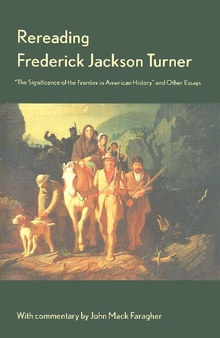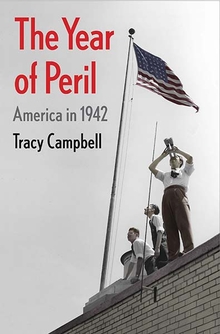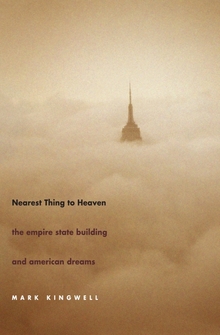The Gateway Arch
WARNING
You are viewing an older version of the Yalebooks website. Please visit out new website with more updated information and a better user experience: https://www.yalebooks.com
A Biography
Tracy Campbell
Rising to a triumphant height of 630 feet, the Gateway Arch in St. Louis is a revered monument to America’s western expansion. Envisioned in 1947 but not completed until the mid-1960s, the arch today attracts millions of tourists annually and is one of the world’s most widely recognized structures. By weaving together social, political, and cultural history, historian Tracy Campbell uncovers the complicated and troubling history of the beloved structure. This compelling book explores how a medley of players with widely divergent motivations (civic pride, ambition, greed, among others) brought the Gateway Arch to fruition, but at a price the city continues to pay.
Campbell dispels long-held myths and casts a provocative new light on the true origins and meaning of the Gateway Arch. He shows that the monument was the scheme of shrewd city leaders who sought to renew downtown St. Louis and were willing to steal an election, destroy historic buildings, and drive out local people and businesses to achieve their goal. Campbell also tells the human story of the architect Eero Saarinen, whose prize-winning design brought him acclaim but also charges of plagiarism, and who never lived to see the completion of his vision. As a national symbol, the Gateway Arch has a singular place in American culture, Campbell concludes, yet it also stands as an instructive example of failed urban planning.
"Full of drama and intrigue, The Gateway Arch colorfully traces how the architectural symbol of America’s opening to the west in St. Louis came into being--a process marked by political contention, the personal pathology of a great architect, and a city's search for identity."--William H. Chafe, Alice Mary Baldwin Professor of History, Duke University
“Here is a riveting examination of the politics of urban renewal, the aesthetics of public art, the ingenuity of structural engineering, and the zeal of civic boosterism that made St. Louis’ Gateway Arch both iconic and ironic.”–Donald A. Ritchie, author of Electing FDR: The New Deal Campaign of 1932
"Tracy Campbell removes the luster from one the nation’s most admired and visited historical landmarks in this exposé of raw politics, profiteering, inflated egos, racism, and fraud. His surprising story compels us to think carefully about what is gained and lost when urban places are remade to commemorate the past."–Andrew Hurley, author of Beyond Preservation: Using Public History to Revitalize Inner-Cities
“A slender new book . . . that casts some shadoes on the gleaming monument.”—St. Louis Post-Dispatch
Publication Date: April 15, 2014
25 b/w illus.















